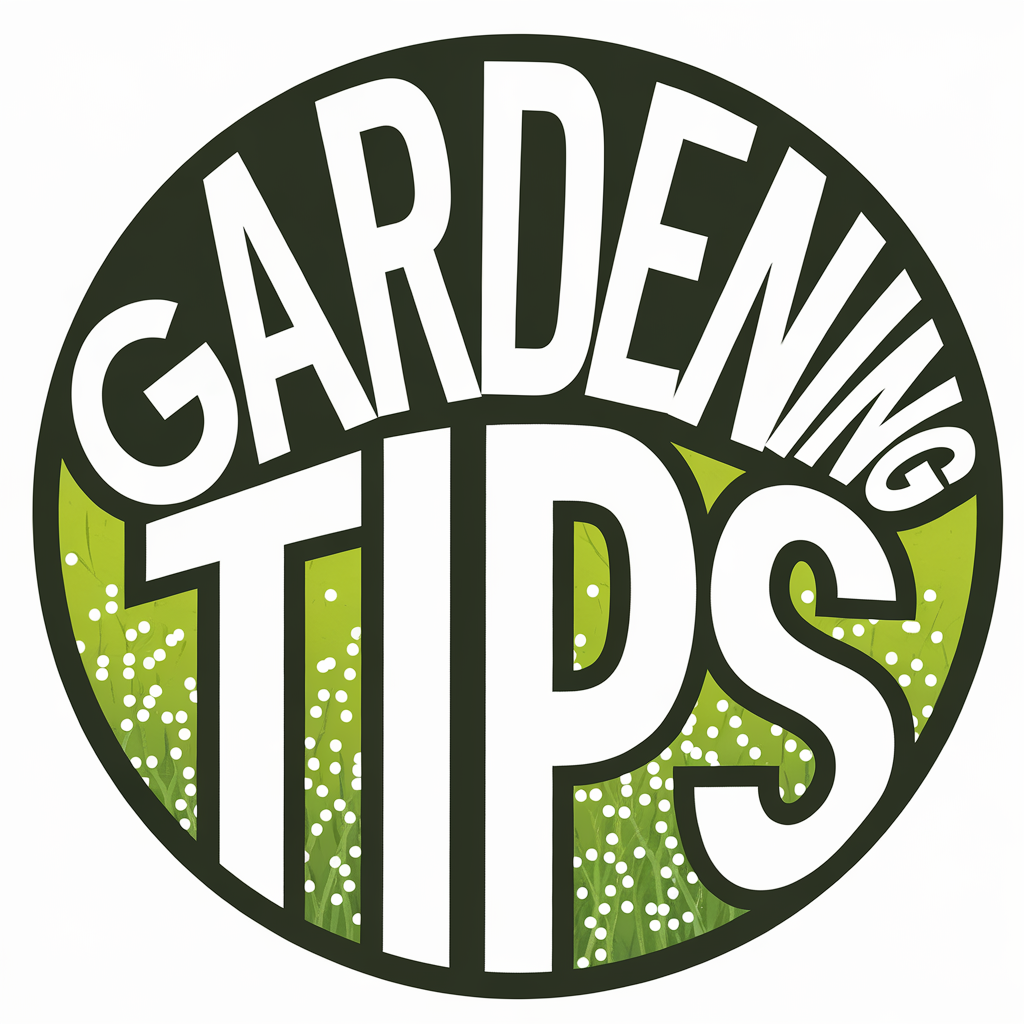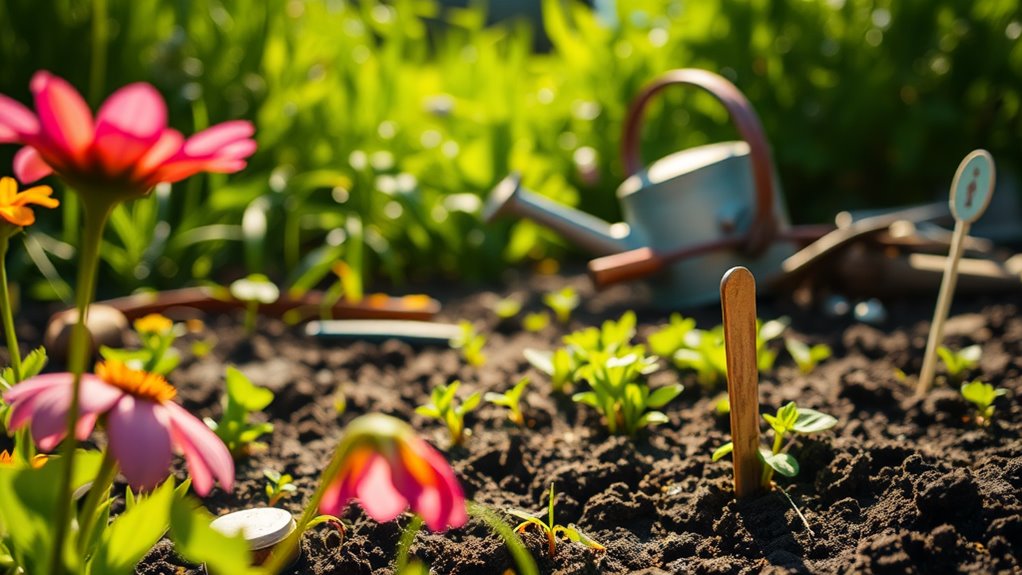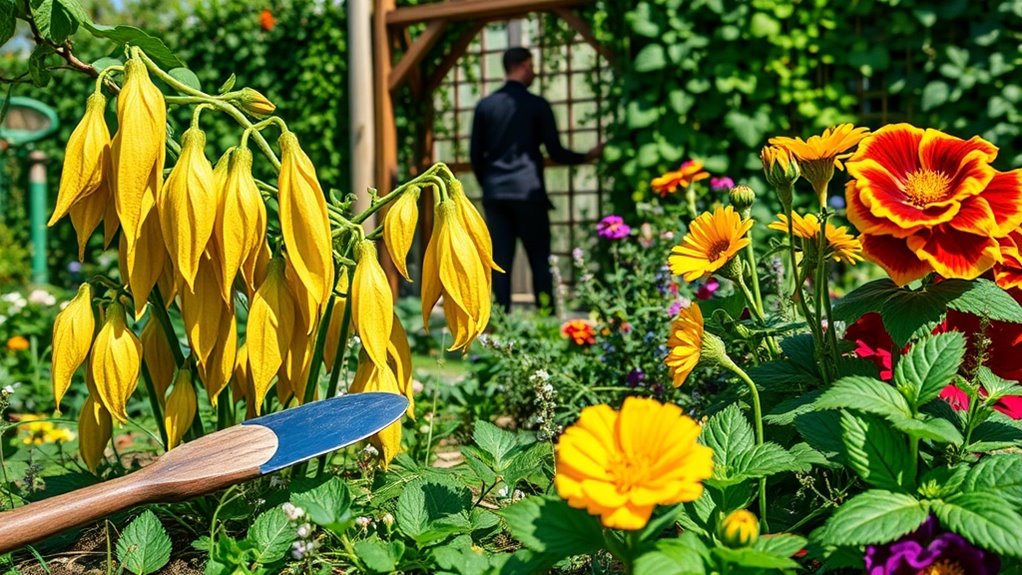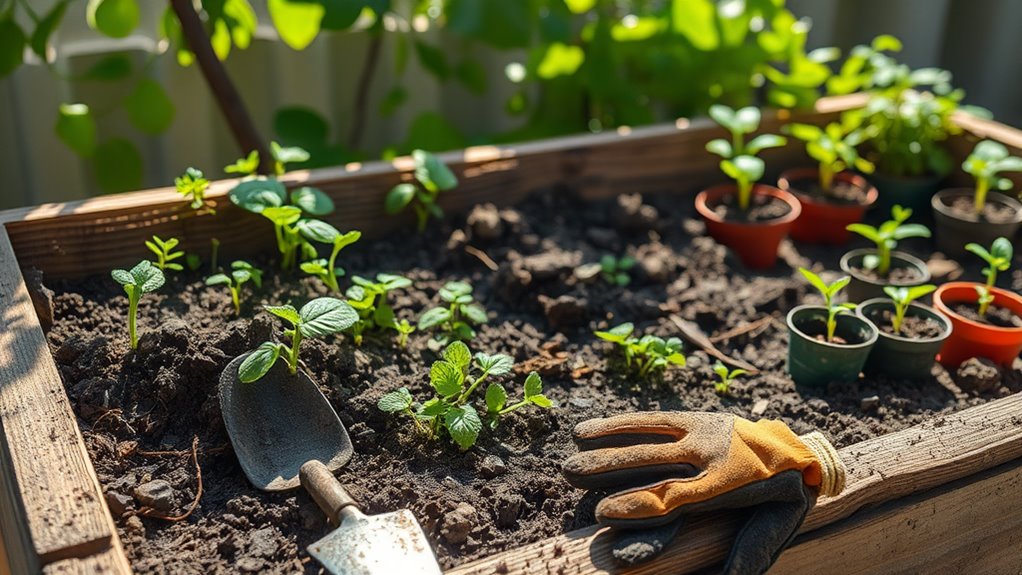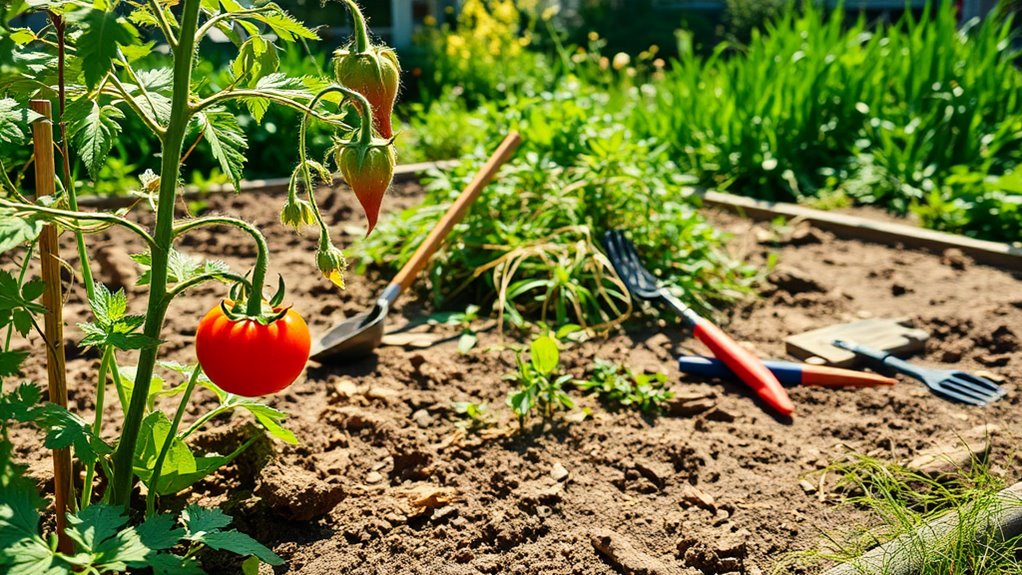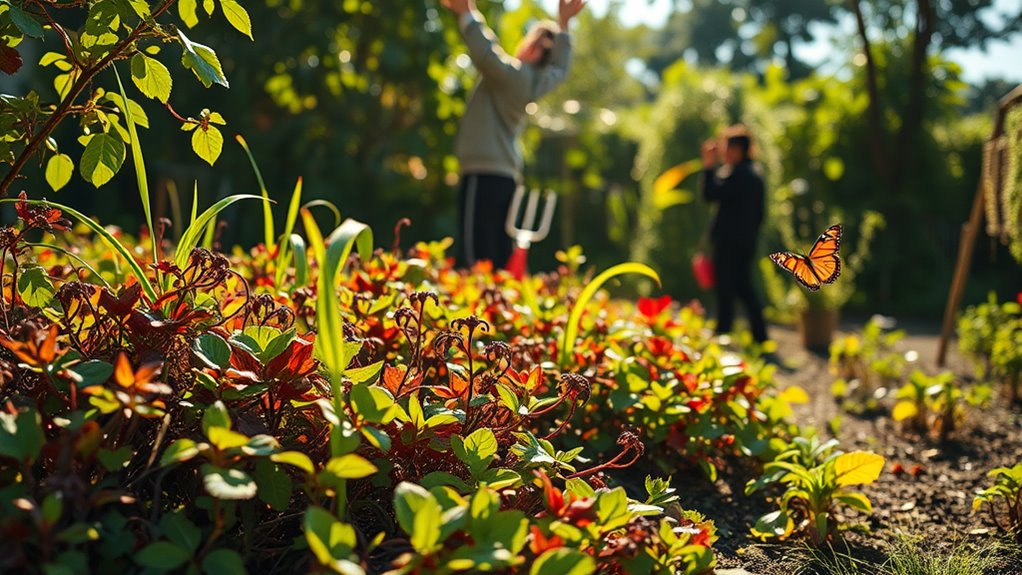5 Gardening Mistakes You’ll Wish You Knew Sooner
Many beginners underestimate the impact of watering practices on plant health. Overwatering can actually be more harmful than neglecting to water, leading to root rot and other issues. Additionally, soil quality is often overlooked, yet it’s crucial for supporting growth. If you’re not mindful of planting times and plant compatibility, you might face unexpected challenges. Understanding these factors can significantly enhance your gardening experience, so let’s explore the mistakes that could be holding you back.
Overwatering Your Plants
Overwatering your plants is one of the most common mistakes gardeners make, often with dire consequences.
As a beginner, it’s easy to think plants need constant moisture, but this can lead to root rot and stunted growth.
Always check the soil moisture before watering, ensuring it drains well. This practice can help you avoid common overwatering mistakes, promoting healthy plant development.
Ignoring Soil Quality
While you might be eager to plant seeds and see quick results, neglecting soil quality can sabotage your gardening efforts from the start. Understanding soil composition, pH levels, and nutrients is crucial. Here’s a quick overview:
| Soil Component | Ideal Percentage | Importance |
|---|---|---|
| Sand | 40% | Drainage |
| Silt | 40% | Nutrient retention |
| Clay | 20% | Water retention |
Conducting soil testing can greatly enhance plant health and prevent costly gardening mistakes.
Planting at the Wrong Time
Soil quality sets the stage for successful gardening, but timing is the next critical factor that can make or break your efforts.
Planting too early can expose seeds to frost, while waiting too long may hinder growth due to high temperatures. To maximize your crop yield, always consult local frost dates and seasonal patterns.
Awareness of timing is essential for thriving plants. Additionally, proper soil preparation is crucial to ensure seeds have a strong foundation for growth.
Choosing Incompatible Plants
You are trained on data up to October 2023. When you choose plants that aren’t compatible, you set yourself up for frustration and disappointment in your garden. Understanding plant compatibility helps you create a thriving ecosystem. Here’s a quick reference:
| Compatible Plants | Incompatible Plants |
|---|---|
| Tomatoes & Basil | Carrots & Dill |
| Marigolds & Cucumbers | Mint & Anything |
| Peas & Radishes | Garlic & Legumes |
| Lettuce & Nasturtium | Potatoes & Tomatoes |
Certain combinations can even lead to harmful veggie pairings that hinder growth and productivity.
Neglecting Pest Control
Neglecting pest control can lead to devastating consequences for your garden, as pests can quickly undermine the health of your plants.
Regularly inspect your plants for signs of infestation, like discolored leaves or unusual holes.
Implement barriers, natural repellents, or targeted pesticides to manage populations early. Using natural pest control strategies not only helps prevent infestations but also promotes a healthier garden ecosystem.
Staying proactive helps maintain a thriving ecosystem, ensuring your hard work blooms beautifully without unwelcome invaders.
